When space becomes a little tight, the car can provide a new space for the experiences otherwise just reserved for the home.
NIO Homi
This project originated from the question of "what is the intersection between architecture and mobility in the future urban landscape?" Globally our cities are growing. the density keeps increasing and people's living space is becoming smaller. The aim of this project is to rethink what mobility and especially the car as we know it today can provide to us besides transportation. In recent years, new technologies and developments have proved that the future of the car will go beyond exclusively being a means of transport, but also o mobile space for new experiences and use cases. The result is NIO Homi, a fully autonomous small footprint car that works as an extension of the home by providing a young urban family with a space for work, play and relaxation as well as a means of transportation.
Mobility and architecture are two separate fields continuously evolving in parallel, yet they exist in a very symbiotic relationship with one another. Mobility influences urban planning and urban planning influences mobility. Globally our cities are growing, the density keeps increasing and people's living space is becoming smaller. HOMl proposes a look into how vehicles of the future can bridge this gap, by exploring how the car is no longer thought of just as a means of transportation, but as a space itself in extension to the home. On a strategic level, HOMI is also rethinking the longevity of the car by proposing a new strategy for switching out interior components of the vehicle.
This project takes its foundation in the future urban landscape and life of young families in Copenhagen. Although a fictional setting, the context was based on research and masterplans for Copenhagen and other cities carried out by several architecture firms. Among them noticeably JAJA Architects' mobility masterplan for Copenhagen which reimagines the old "five-finger-plan" for the city. Studio SPACE1O's "Spaces on Wheels" and Toyota and BIG's "Woven City" also served as a benchmark in regards to how vehicles will become moving spaces as an extension of the city's architecture.
The process for the development of the project included research into emerging technologies within mobility, a look into the future urban setting, and the complexities of living there as a young family. Site visits and talks with young parents gave insights into the home space and the experiences that goes on in there. Looking at the future urban landscape and how the vehicle fit there, I focused on a small footprint package that would take up less space in the more densely populated city environment. This meant that the space had to focus on specific user cases that would make sense for such a small package. Cars are technological hubs with a lot of built in technology (Al., screens, sound-systems) that we cannot really utilize as soon as the car is parked or turned off. Combined with new tech-centered activities that we've seen arise in the home-space in recent years, such as home-office and entertainment I chose to focus on these specific scenarios.
In order to aehieve a space that felt welcoming and unified, I pushed the seating towards each corner of the vehicle and created a "stage" at the center with what is called the "magic carpet". The magic carpet is an interactive matt where children can play and interact with their real-life toys to create a more analogue experience and enable interaction between parents and children.
In the rear of the vehicle the seating can be converted into a work/entertainment station. The chair moves forwards and the headrest slides up, revealing a foldable screen and soundbar built into it. A foldable table flips out behind the backrest. The user is ready to do home office. When moving the rear seat all the way to the front seat it creates a loungy sofa where the family can watch movies together. Underneath the front seat is storage for whatever the users would like to easily hide away.
One main entrance lead the users into the vehicle. The lower door folds down creating a stairway where the users can put their shoes before entering, and the upper door creates a small roof over them.
The exterior is clean and minimalistic. While boxy, still following NIO's design language. Noticeable is also NOMI, NIO's Al. assistant, on the exterior, so the family can interact with her before entering the vehicle. The tailgate of the vehicle can be folded down to create a rear balcony where the family can sit and enjoy and warm days.
For this future scenario, NIO houses would be rethought as small stores spread across town. Here users can go with their HOMI and swap different interior components of the vehicle, to continuously adapt the vehicle to their needs. Smaller NIO Life Stores, compared to current large-sized NIO houses, can be spread much more easily across the urban area to help create a local and more accessible NIO community. Even people who don't own a HOMI, can buy NIO-lifestyle products related to the vehicle and in that way get exposed to NIO as a brand.
Christoffer Weinreich

In collaboration with:

UID23 | Christoffer Weinreich – Grad Project Presentation

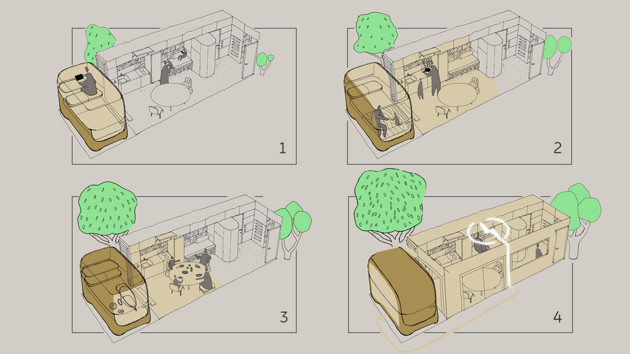
Homi explores how the personal vehicle can ease the future life with smaller living spaces.
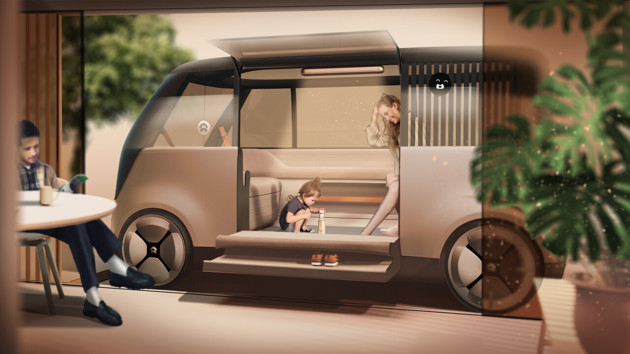
Homi provides the family with a vehicle for their daily transportation needs, and doubles as a smart assistant and physical extension to the home space.
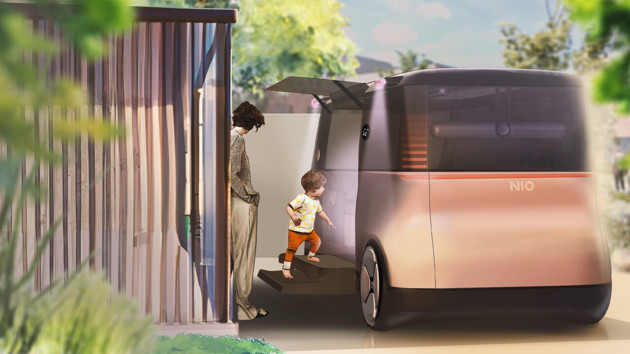
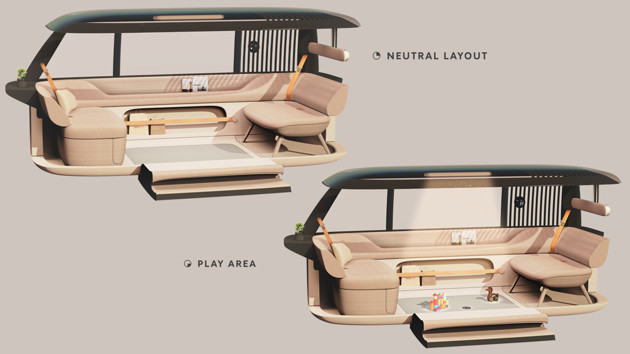
HOMI offers different modalities centered around tech-centered activities we’ve seen arise in the home space in recent years, such as home office and entertainment.
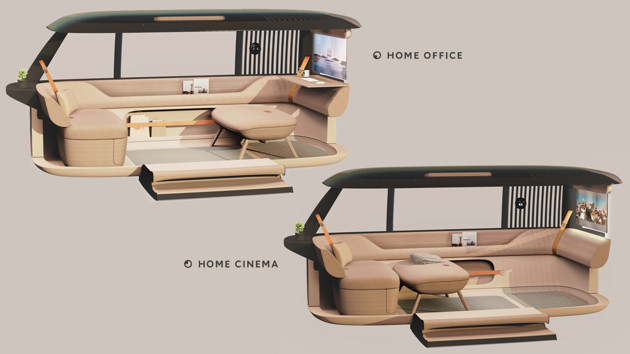
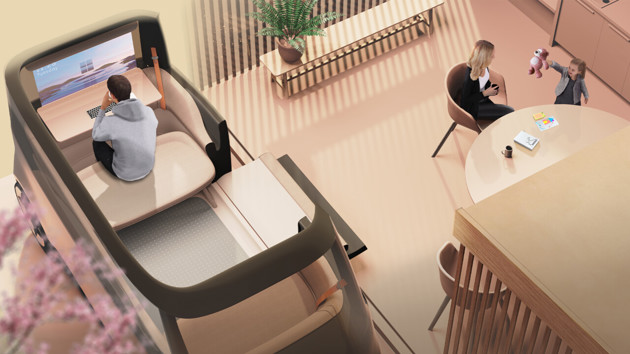
When the home space becomes tight, HOMI is your homie and gives you that extra third space needed, whether it‘s for the children or the parents.
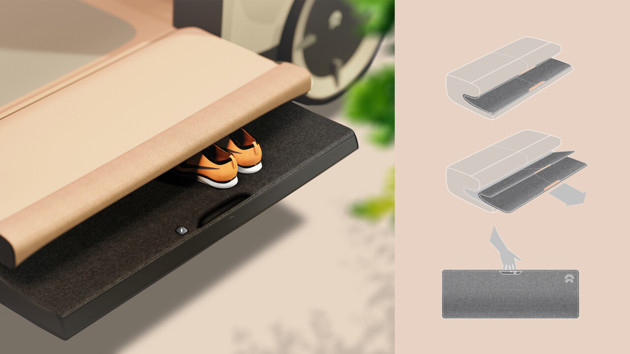
Smart-solutions for daily usage situations.
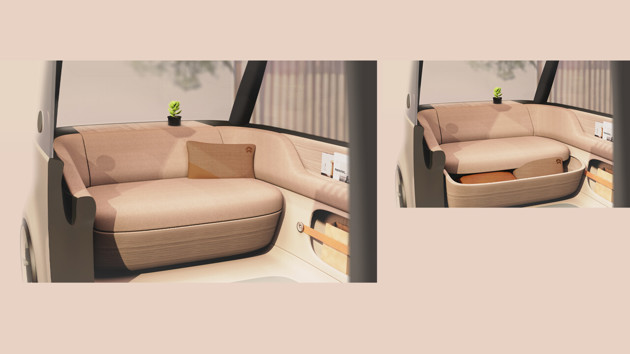
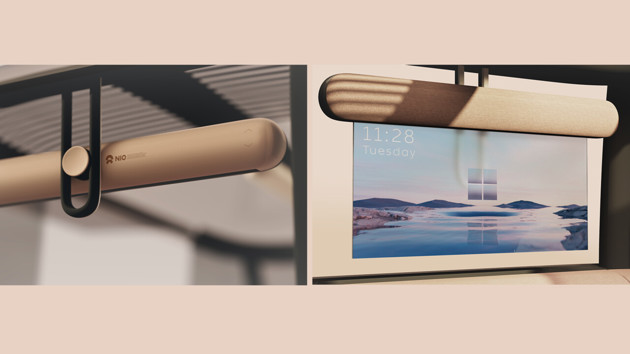
The headrest has a built-in foldable screen and soundbar, to convert the space into a work and entertainment space.
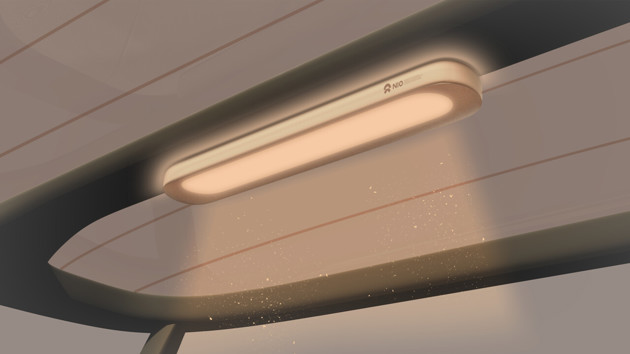
The overhead unit works as a sound and light unit unifying the space and creating ambience.
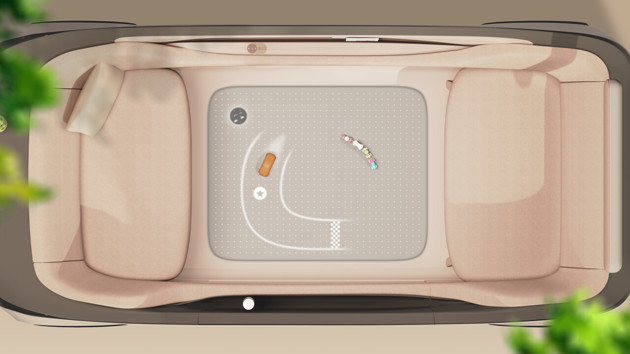
“Magic carpet” – interactive playmat that interacts with the children’s physical toys.
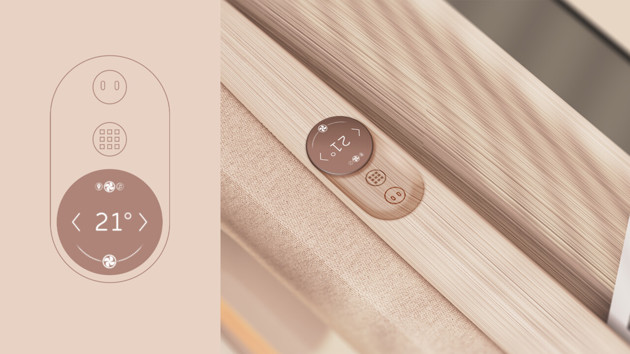
Shy-tech – besides the voice control, parts of HOMI’s features can be controlled through the home-control panel.
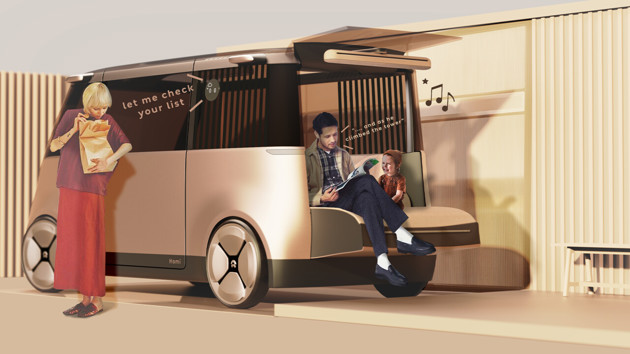
On the outside HOMI is be an enabler for experiences between the family, and also assist with daily tasks through NIOs smart assistant NOMI.
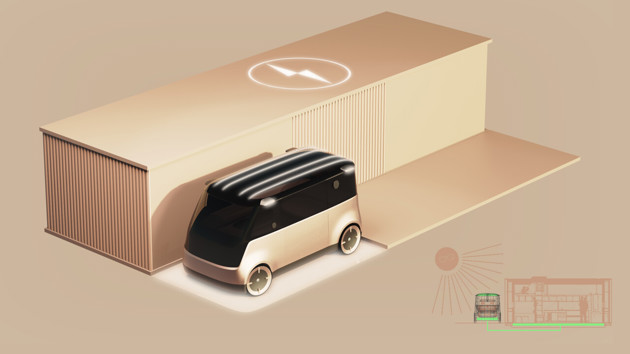
Sharing its technology and energy, by serving as a power bank powering the home to assist with the sometimes high running costs involved with home ownership.
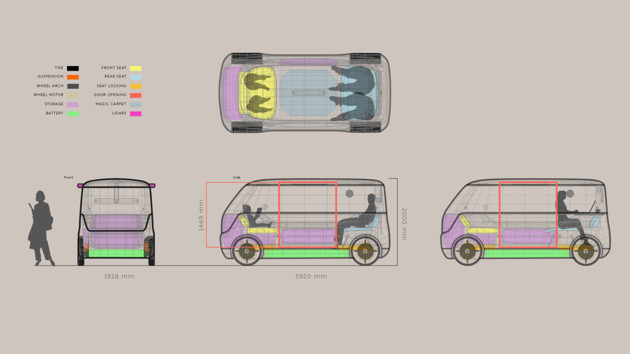

City-car package and exterior tech-elements, makes the vehicle communicate with other road users and help democratize the shared roads in the dense future city space.

At the NIO houses, users go with their HOMI to swap different interior components of the vehicle, to continuously adapt the vehicle to their needs.
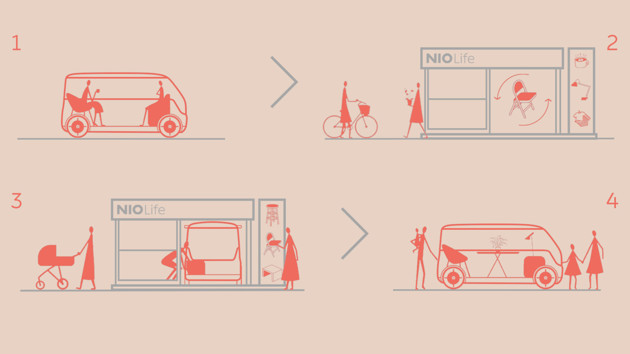
The smaller NIO Life Stores, can be spread much more easily across the urban area to help create a local and more accesible NIO community.
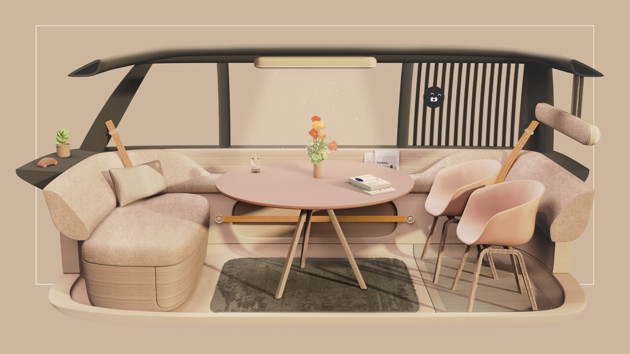
HOMI is able to be adapted to become exactly the space that you would want as an extension to your home.





















